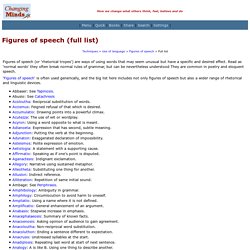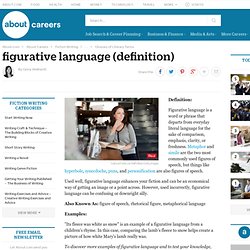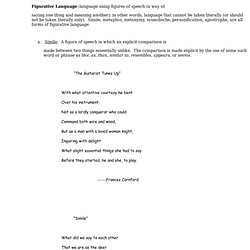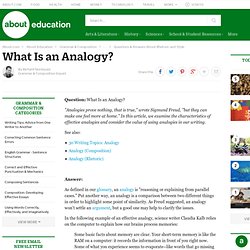

What are the Fallacy Files? I began collecting and studying logical fallacies about twenty-five years ago, when I first became interested in logic.

This collection took two forms: A collection of named fallacies—such as "ad hominem"—that is, types of bad reasoning which someone has thought distinctive and interesting enough to name and describe. This collection took the form, primarily, of the study and acquisition of books and articles on the named fallacies, especially textbooks and reference books. You can find individual files on the named fallacies via the Taxonomy of Logical Fallacies, or from the alphabetical index in the scroll bar to your left.
A collection of fallacious, or otherwise bad, arguments, that is, examples of reasoning which may commit one or more of the named fallacies under 1, or are bad in some way yet to be classified. Praise for the Fallacy Files Contribute to the Fallacy Files You can contribute fallacies and examples to the files by sending them to me. Email Policy Advertisement Policy. Fallacies [Internet Encyclopedia of Philosophy] A fallacy is a kind of error in reasoning.
![Fallacies [Internet Encyclopedia of Philosophy]](http://cdn.pearltrees.com/s/pic/th/encyclopedia-philosophy-88022722)
The alphabetical list below contains 209 names of the most common fallacies, and it provides brief explanations and examples of each of them. Fallacies should not be persuasive, but they often are. Fallacies may be created unintentionally, or they may be created intentionally in order to deceive other people. Fallacies. Dr.

Michael C. Labossiere, the author of a Macintosh tutorial named Fallacy Tutorial Pro 3.0, has kindly agreed to allow the text of his work to appear on the Nizkor site, as a Nizkor Feature. It remains © Copyright 1995 Michael C. Labossiere, with distribution restrictions -- please see our copyright notice. If you have questions or comments about this work, please direct them both to the Nizkor webmasters (webmaster@nizkor.org) and to Dr.
Other sites that list and explain fallacies include: Constructing a Logical Argument. Figures of speech (full list) Techniques > Use of language > Figures of speech > Full list Figures of speech (or 'rhetorical tropes') are ways of using words that may seem unusual but have a specific and desired effect.

Read as 'normal words' they often break normal rules of grammar, but can be nevertheless understood They are common in poetry and eloquent speech. 'Figures of speech' is often used generically, and the big list here includes not only figures of speech but also a wider range of rhetorical and linguistic devices. Abbaser: See Tapinosis. Abusio: See Catachresis Acoloutha: Reciprocal substitution of words.
Figurative Language. Figurative Language Definition and Examples in Writing. Definition:

Figurative language simile, metaphor, personification, hyperbole. Language using figures of speech (a way of. Figurative Language--language using figures of speech (a way of saying one thing and meaning another); in other words, language that cannot be taken literally (or should not be taken literally only).

Simile, metaphor, metonymy, synecdoche, personification, apostrophe, are all forms of figurative language. a. Simile: A figure of speech in which an explicit comparison is made between two things essentially unlike. “The Guitarist Tunes Up” With what attentive courtesy he bent Over his instrument; Not as a lordly conqueror who could Command both wire and wood, But as a man with a loved woman might, Inquiring with delight What slight essential things she had to say Before they started, he and she, to play. -----Frances Cornford “Simile” What did we say to each other That we are as the deer Who walk single file With heads highs With ears forward With eyes watchful With hooves always placed on firm ground In whose limbs there is latent flight --Scott Momaday b.
Is made between two things usually unlike. “The Hound” Figurative Language. Examples of Figurative Language - Grammar Exercises - Flocabulary. What Is Figurative Language? Figurative Language - Free Games. Free Presentations in PowerPoint format for Figurative Language PK-12. Irony. What Is an Analogy? - Examples and Characteristics of Effective Analogies. Question: What Is an Analogy?

"Analogies prove nothing, that is true," wrote Sigmund Freud, "but they can make one feel more at home. " In this article, we examine the characteristics of effective analogies and consider the value of using analogies in our writing. See also: Answer: As defined in our glossary, an analogy is "reasoning or explaining from parallel cases. " In the following example of an effective analogy, science writer Claudia Kalb relies on the computer to explain how our brains process memories: Some basic facts about memory are clear. Does this mean that human memory functions exactly like a computer in all ways? Analogy and Metaphor Despite certain similarities, an analogy is not the same as a metaphor. Analogy and Comparison & Contrast An analogy is not quite the same as comparison and contrast either, although both are methods of explanation that set things side by side.
The most effective analogies are usually brief and to the point--developed in just a few sentences. Reading Passages: Rhetorical Devices and Literary Techniques. Rhetorical Devices and Literary Techniques Rhetorical devices and literary techniques are closely related to tone and style. In fact, an author’s style partly consists of selecting and using certain devices; an author’s tone is partially determined by the type of techniques an author uses. Many SAT books will list lots of Greek terms you don’t need to know, such as synecdoche and anaphora. But the Critical Reading section won’t require that you know the names of rhetorical devices or literary techniques. The Theatrical and Ritual Aesthetics of Signifying.